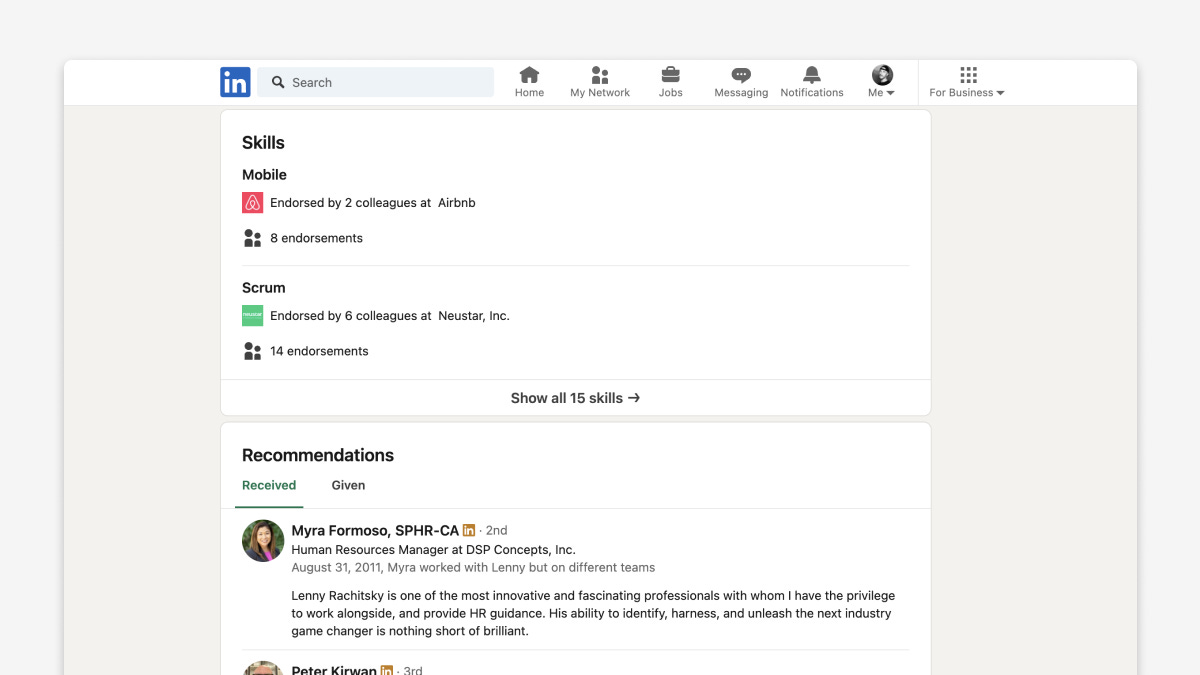At some point, I clapped when airplanes landed. I hesitated to pay online with my credit card. I paused when an autonomous car approached the crosswalk.
Today, I no longer clap when planes land. I’m not afraid of paying online or seeing an autonomous car. So what has changed?
I embarked on a journey to understand how trust in technology forms.
Here’s what I found:
1. Familiarity Breeds Trust: The Power of Repeated Exposure
How does repetition build confidence?
Exposure and Repetition: The more you're exposed to something, the more familiar it becomes. Repeated successful experiences reduce anxiety and build trust.
Positive Experiences: Each safe airplane landing, secure online transaction, and safe encounter with an autonomous car reinforces trust.
Familiarity reduces the unknown, diminishing fear and building confidence.
Think of your first flight. The fear was real, but after several smooth landings, you stopped worrying (or clapping?). Repetition builds your trust.
What positive user experiences can you create that will reinforce trust in your product?
How can you simplify the initial user experience to reduce fear and build confidence?
Leveraging Familiarity: Design for Repetition and Positive Experiences
Use progressive disclosure: Reveal advanced functions as users become more comfortable.
Implement consistent UI patterns: Familiarity in one area transfers to others.
Design for micro-interactions: Small, repeated positive experiences compound trust over time.
2. Knowledge is Power: Understanding Builds Trust
How does knowledge demystify technology?
Increased Knowledge: Learning about the safety protocols of air travel, security measures in online payments, and autonomous vehicle technology increases confidence.
Education and Information: Access to information demystifies new technologies, making them less intimidating.
Remember your first online payment? The fear of fraud was there, but learning to spot secure payment systems eased that fear. Now, it’s second nature.
How can you provide accessible information to demystify your product and reduce user intimidation?
What educational content can you provide to increase user knowledge and confidence in your product?
Knowledge as a Trust Builder: Educate and Empower Your Users
Design best practices that you can leverage in your products
Use clear, jargon-free language in UI copy.
Implement progressive onboarding: Teach users about features as they encounter them.
Design intuitive data visualization: Help users understand complex information easily.
3. The Power of the Crowd: Social Influence and Trust
How social norms shape our perceptions?
Social Proof: Seeing others comfortable with new technology normalizes the experience.
Cultural Shift: As society adapts, what was once novel becomes routine and accepted.
Watching others cross streets confidently with autonomous cars without incidents in the news reassured me. The city's social influence helped build my trust.
Harnessing Social Proof: Let Your Users Build Trust for You
Key Principle: People trust what others trust
Implement user review systems: Showcase authentic user experiences.
Develop case studies: Highlight successful implementations by respected companies.
Create a community platform: Foster user-to-user interactions and knowledge sharing.
Integrate social proof elements into the UI: Show user counts, ratings, or testimonials.
Design for shareability: Make it easy for satisfied users to spread the word.
Implement trust badges: Display security certifications and partner logos prominently.
4. Trust in the System: Reliability and Regulation
Reliability of Technology: Consistent performance of airplanes, secure online systems, and autonomous vehicles builds trust.
Institutional Trust: Knowing that regulatory bodies ensure stringent safety standards boosts confidence.
Repeated safe performance of autonomous cars, coupled with strict regulations, naturally increases trust.
How can you highlight your product’s adherence to industry standards and regulations to build trust?
Key Principle: Trust extends beyond your product to your entire ecosystem
Implement and communicate clear data policies: Be transparent about how you handle user information.
Pursue relevant certifications: Align with industry standards and regulations.
Create status pages: Keep users informed about system performance.
Design clear privacy controls: Give users agency over their data.
Implement explainable AI principles: If using AI, make its decision-making process transparent.
Beyond Marketing: Building Sustainable Trust
Trust in technology goes deeper than marketing. Long-term trust hinges on several critical factors:
Consistency: Reliable performance over time builds trust.
Usability: User-friendly design enhances trust.
Support and Feedback: Responsive customer support and feedback mechanisms reinforce trust.
Clear Information: Transparency about how technology works and what to expect reduces fear.
Addressing Concerns: Openly addressing risks and explaining safety measures build a foundation of trust.
Reputation: Companies known for reliability and integrity are more trusted.
How can you maintain consistency in your product’s performance to build long-term trust?
How can you offer clear and transparent information about your product to reduce user fear?
How can you openly address potential risks and explain safety measures to build trust?
How can you build and maintain a reputation for reliability and integrity?
Marketing shapes initial perceptions, but sustained trust depends on performance, transparency, social influence, regulatory assurances, and personal experiences. Together, these elements create a robust trust framework.
Conclusion: Leverage trust as a competitive advantage
Trust isn't just a nice-to-have—it's a critical differentiator. By focusing on familiarity, education, social proof, system reliability, and continuous improvement, product and design leaders can create technologies that users use and confidently rely on.
Remember, building trust is an ongoing process. It requires consistent effort, transparency, and a genuine commitment to user well-being. But the rewards—loyal users, positive word-of-mouth, and a strong market position—make it one of the most valuable investments you can make in your product.
Your challenge is applying these principles to your unique product and users.
How would you rate your product currently on these four dimensions?
This part of the newsletter is a place for you to access
the most valuable links I’ve found this month.
Resources of the month
If you’re interested about contextual continuity, dynamic interfaces and delightful experience. This product-friendly article is for you. This approach of guiding users through a series of interconnected steps, without removing them from their initial context is something we need more of in the Web.
Thank you for reading
This newsletter is my attempt to deliver exclusive frameworks and actionable insights for entrepreneurs to harness design as their strategic advantage.
Remember, this is your journey as much as it is mine. If you feel this isn't what you're looking for at any point, please feel free to opt out–there will be no hard feelings.
If you have any suggestions on how I can improve the format, reply to this email with your feedback, and I will personally reply to all emails.
Micka 🤙









